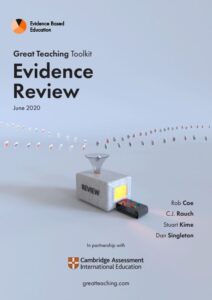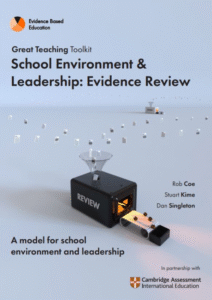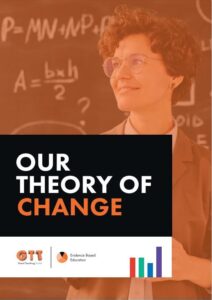Great Teaching Toolkit: Evidence Review
The Great Teaching Toolkit: Evidence Review provides a credible evidence summary of the elements of great teaching practice. The review provides a structured point of reference for the things teachers do, know, or believe, which have been found to be related to how well their students learn. The overarching goal is to help teachers take ownership of their professional learning and to help them enhance their practice for the benefit of students.
School Environment & Leadership Review
This School Environment and Leadership: Evidence Review marks the next phase in the Great Teaching Toolkit project.
Students’ academic learning in schools is primarily determined by what classroom teachers do. However, there is good evidence that the professional environment in the school can also affect students’ learning, in a range of ways. The responsibility for creating and maintaining the most conducive professional environment lies with school leaders.




